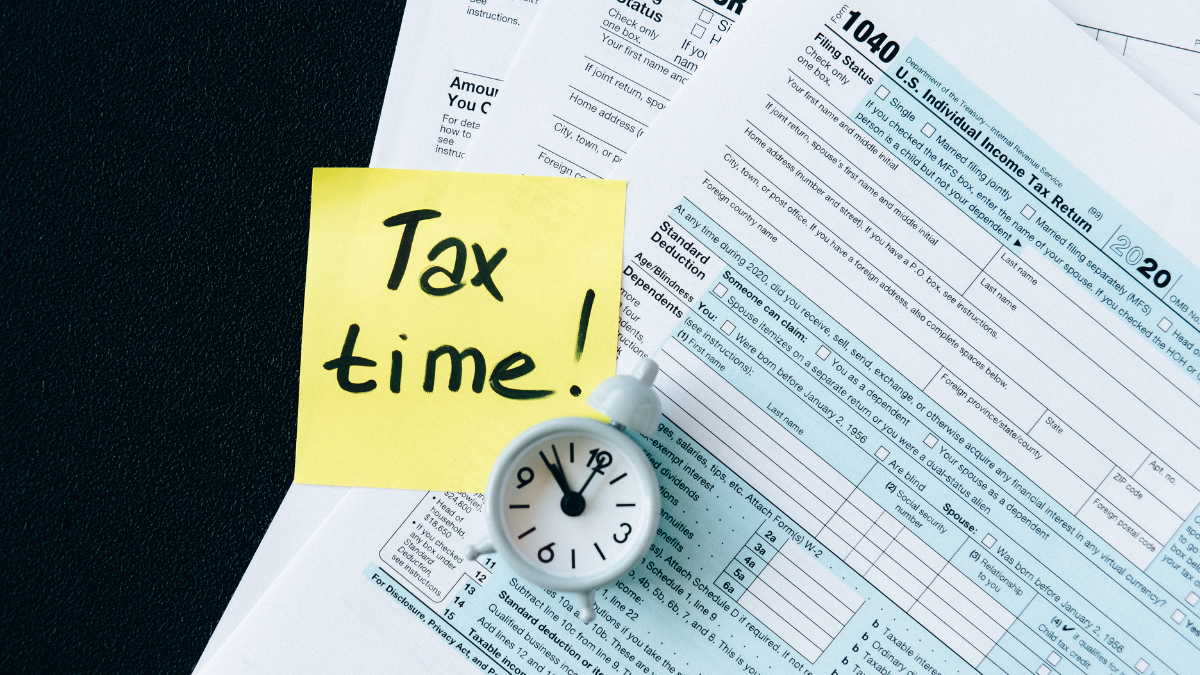
Taxpayers in India can choose between the Old Tax Regime and the New Tax Regime based on their financial planning needs. Following the Union Budget 2023, the New Tax Regime became the default. However, individuals can still switch to the Old Tax Regime if it better suits their financial goals.
How Many Times Can You Switch Between Tax Regimes?
Under Section 115BAC of the Income-tax Act, 1961, taxpayers are permitted to switch between tax regimes, but the frequency depends on their employment type:
- Salaried individuals can switch every financial year.
- Self-employed or business taxpayers can switch only once in their lifetime.
How Can Salaried Individuals Change Their Tax Regime?
Salaried individuals must inform their employer before the start of a financial year if they wish to opt for the Old Tax Regime. However, even if an employee’s company defaults to the New Tax Regime, they can switch when filing their Income Tax Return (ITR).
Steps to switch while filing ITR:
- Log in to the Income Tax Portal.
- Select the appropriate ITR Form (ITR-1 or ITR-2).
- Choose the Old Tax Regime while filing.
- Ensure correct deductions and exemptions are applied.
How Can Self-Employed Individuals Switch to the Old Tax Regime?
Individuals with business or professional income must submit Form 10-IE to opt for the Old Tax Regime. However, they can make this switch only once in a lifetime.
Steps to submit Form 10-IE:
- Log in to the Income Tax e-filing portal.
- Navigate to the Forms section and select Form 10-IE.
- Fill in required details and submit before filing ITR.
- A 15-digit acknowledgment number will be generated.
- Use this number while filing the Income Tax Return.
Why Is Form 10-IE Important for Business Taxpayers?
Form 10-IE is mandatory for business owners opting out of the New Tax Regime. If the form is not filed before the original ITR deadline, they will not be allowed to switch for that year.
What Are the Benefits of the Old Tax Regime?
The Old Tax Regime provides multiple deductions and exemptions, making it favorable for individuals with substantial investments in tax-saving instruments.
Key benefits include:
- Section 80C deductions (PPF, ELSS, LIC, etc.)
- House Rent Allowance (HRA)
- Leave Travel Allowance (LTA)
- Standard Deduction of Rs 50,000
How Does the New Tax Regime Differ from the Old One?
The New Tax Regime offers lower tax rates but eliminates many deductions and exemptions.
| Income Slab | Old Tax Regime (with deductions) | New Tax Regime (without deductions) |
|---|---|---|
| Up to Rs 2.5L | No Tax | No Tax |
| Rs 2.5L – Rs 5L | 5% (rebate available) | 5% |
| Rs 5L – Rs 7.5L | 20% (post deductions) | 10% |
| Rs 7.5L – Rs 10L | 20% | 15% |
| Rs 10L – Rs 12.5L | 30% | 20% |
| Rs 12.5L – Rs 15L | 30% | 25% |
| Above Rs 15L | 30% | 30% |
FAQs
Can I switch to the Old Tax Regime if my company has already opted for the New Tax Regime?
Yes, salaried individuals can switch at the time of filing their Income Tax Return (ITR).
What is the deadline to file Form 10-IE for switching to the Old Tax Regime?
Form 10-IE must be submitted before filing the ITR for that financial year.
How often can a self-employed taxpayer switch tax regimes?
Self-employed taxpayers can switch only once in a lifetime.
Do I need my employer’s approval to change tax regimes?
No, you can select your preferred tax regime independently when filing your ITR.
What happens if I don’t submit Form 10-IE on time?
If Form 10-IE is not filed before the ITR deadline, switching to the Old Tax Regime will not be possible for that year.
Which tax regime is better for me?
If you have high deductions (80C, HRA, LTA), the Old Tax Regime is beneficial. If not, the New Tax Regime offers a simpler structure.
Can I change my tax regime every year?
Yes, salaried employees can change their tax regime every year, but business owners can do so only once.
Where can I check my tax regime selection?
Your tax regime selection will be reflected in your ITR form and tax portal login.
Click here to know more.

